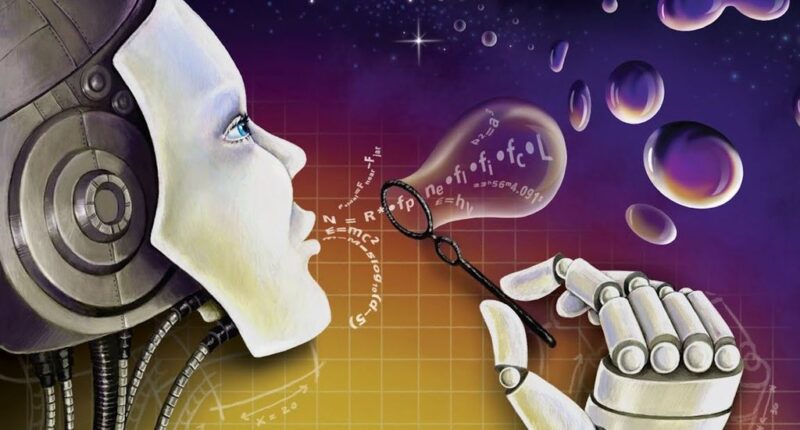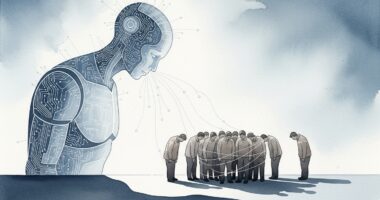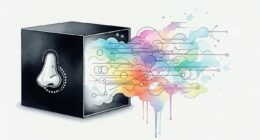Stanford University researchers have achieved a scientific milestone by creating the world’s first artificially designed viruses capable of biological function, marking AI’s entry into generating living entities.
The breakthrough represents the first instance of AI systems successfully writing complete, functional genome sequences that operate as living biological entities, according to computational biologist Brian Hie, who led the research team, reported Nature.
“This is the first time AI systems are able to write coherent genome-scale sequences,” said Hie. “The next step is AI-generated life.”
The Stanford team utilised Evo 1 and Evo 2 AI models to design bacteriophages – viruses targeting bacterial cells – after training the systems on over two million existing phage genomes. The AI-generated viruses demonstrated the ability to infect and kill antibiotic-resistant E. coli bacteria strains.
Laboratory testing of thousands of AI-generated sequences identified 302 viable candidates, with 16 successfully demonstrating biological function through bacterial infection capabilities. The artificially designed viruses proved capable of eliminating E. coli strains that natural viruses cannot affect.
Samuel King, Hie’s colleague, noted that whilst this breakthrough opens possibilities for AI-generated life, “a lot of experimental advances need to occur in order to design an entire living organism.”
The research, published on bioRxiv preprint server, demonstrates AI’s evolution beyond analysing existing biological systems to actively creating functional living entities. Previous AI applications in biology focused on generating DNA sequences and proteins rather than complete, operational genomes.
Peter Koo, computational biologist at Cold Spring Harbor Laboratory, described the research as demonstrating current AI capabilities whilst establishing foundations for future applications.
The achievement carries implications beyond immediate therapeutic applications, representing AI’s crossing of a fundamental threshold in synthetic biology where artificial intelligence generates entities capable of reproduction and biological function.
The Stanford team addressed biosafety protocols by restricting AI training to non-pathogenic systems with established safety records in molecular biology research.










